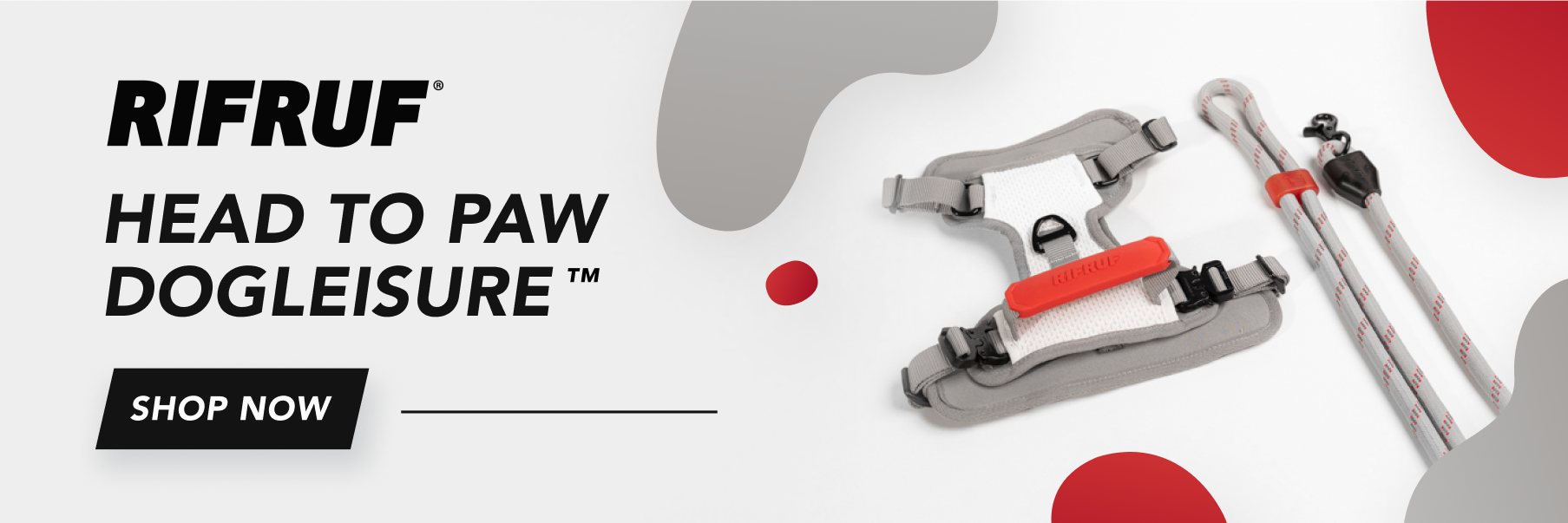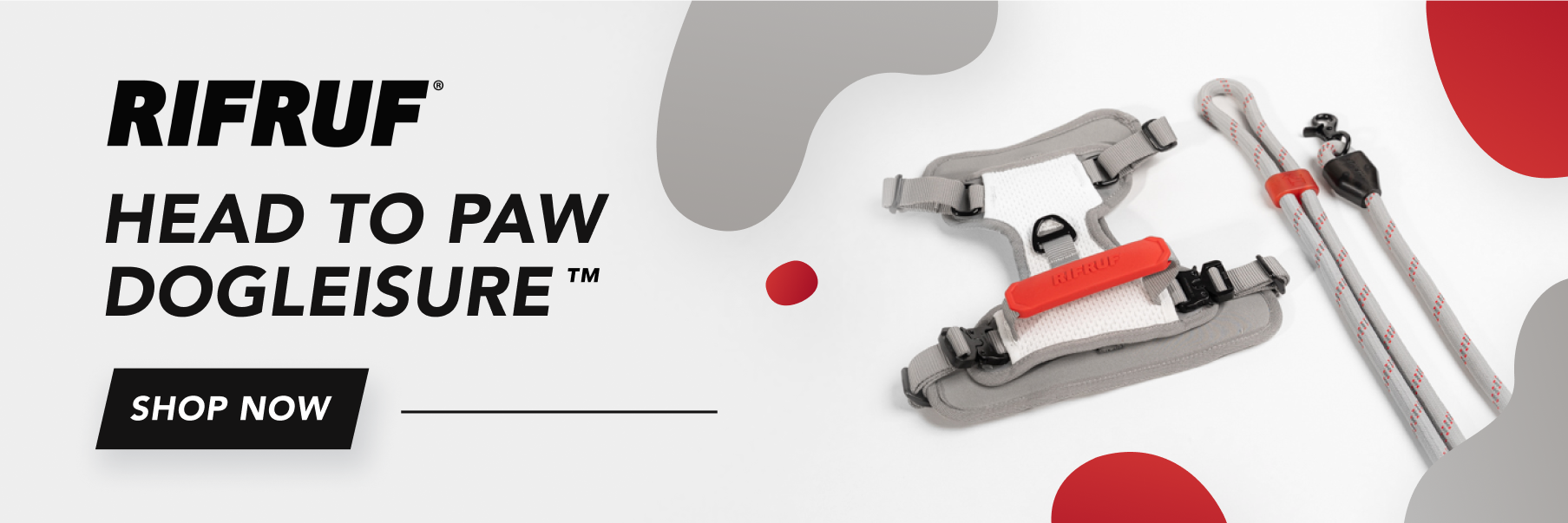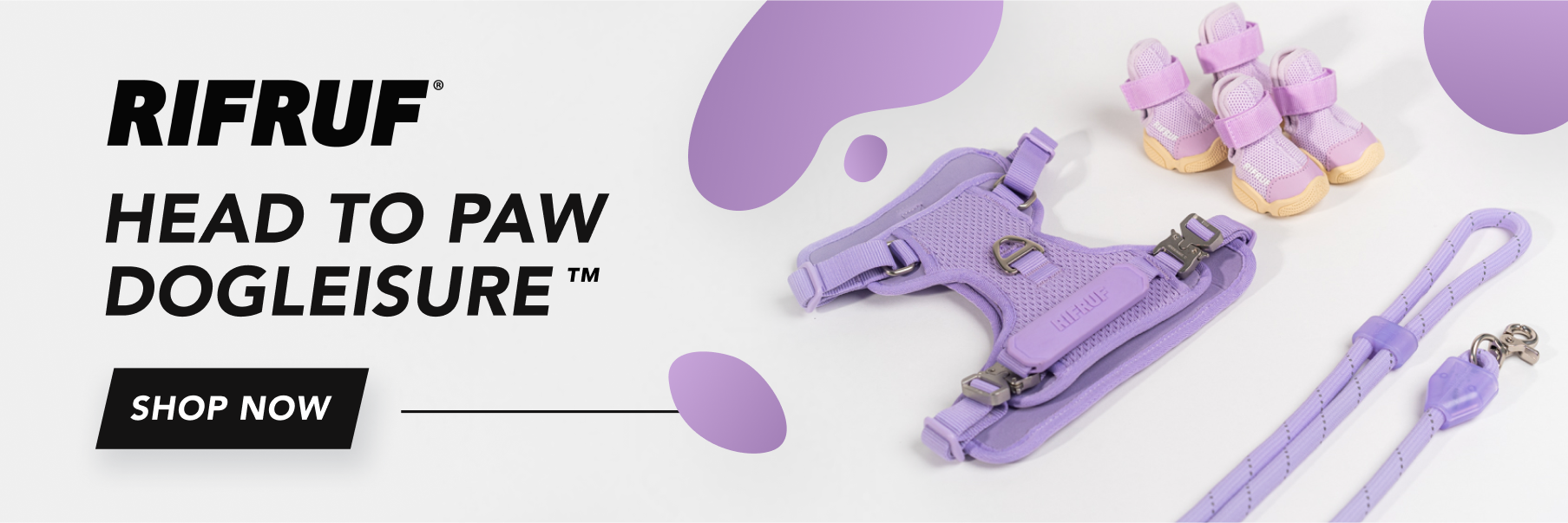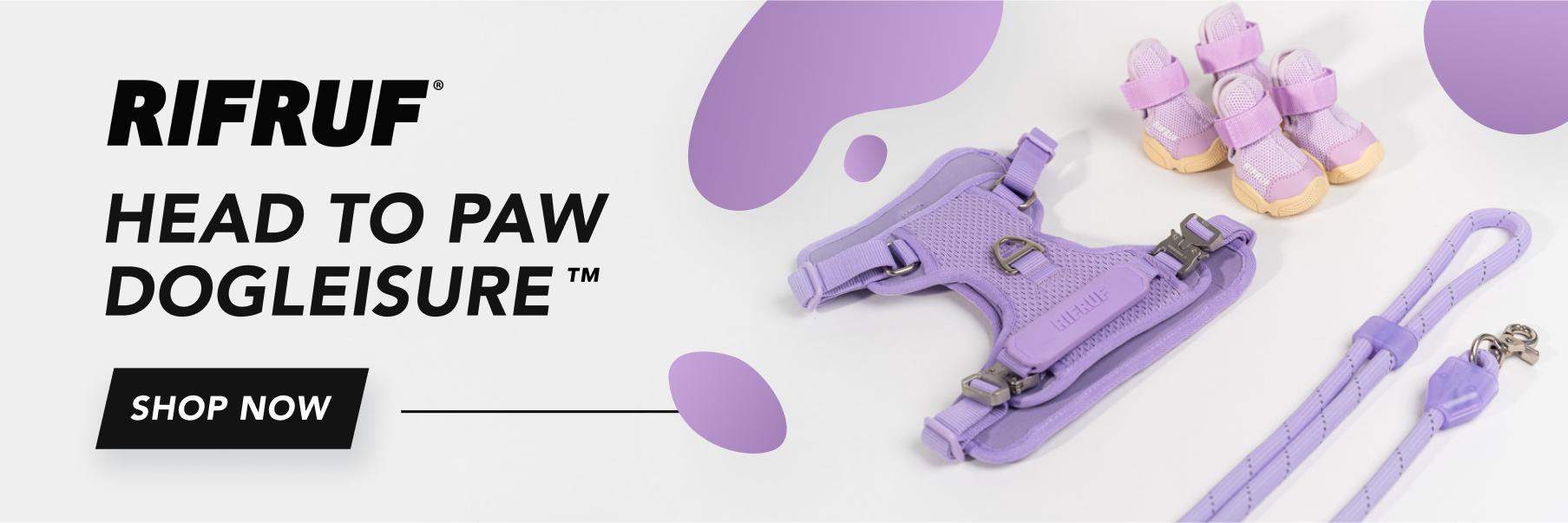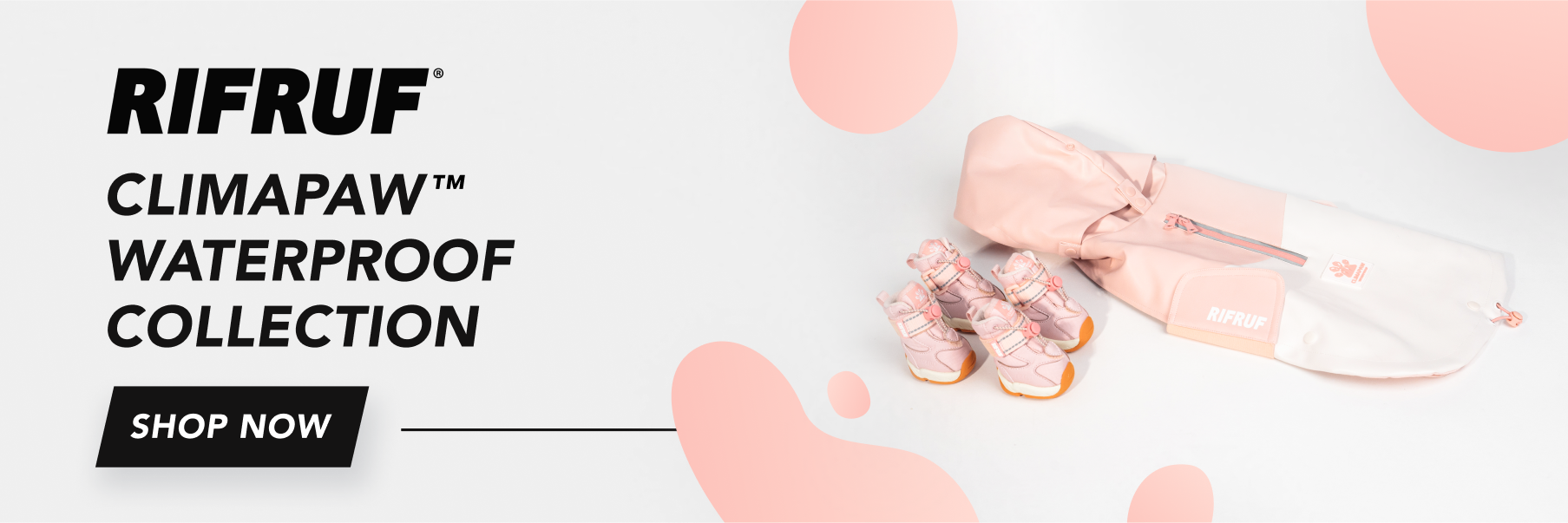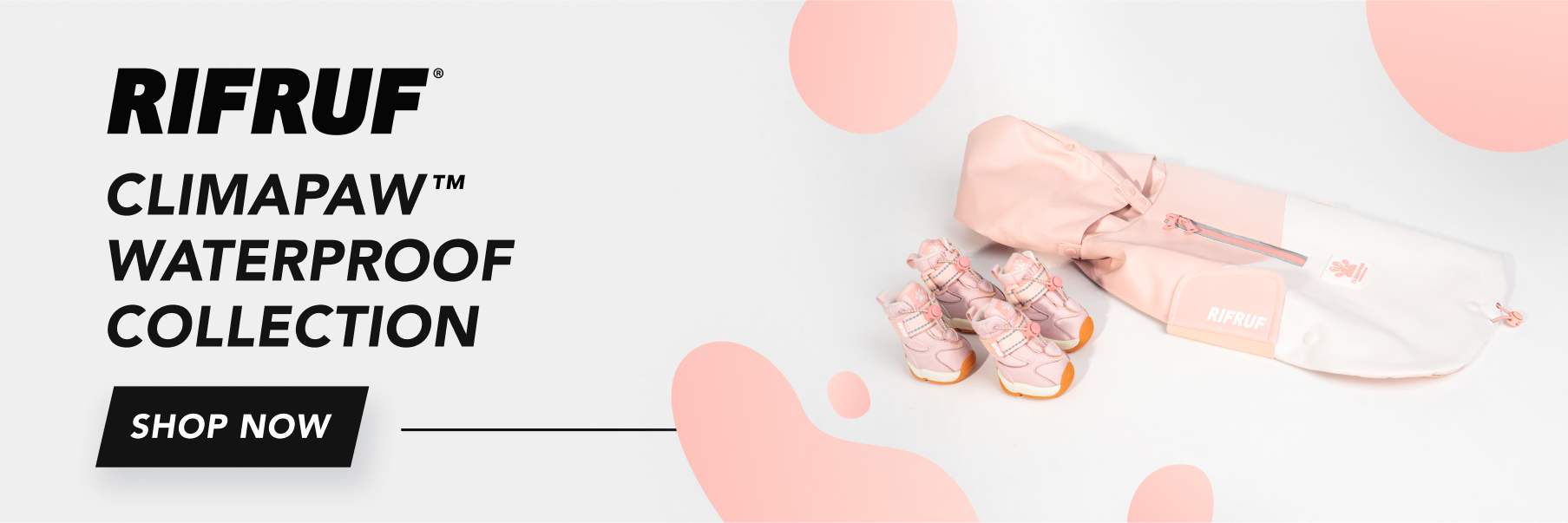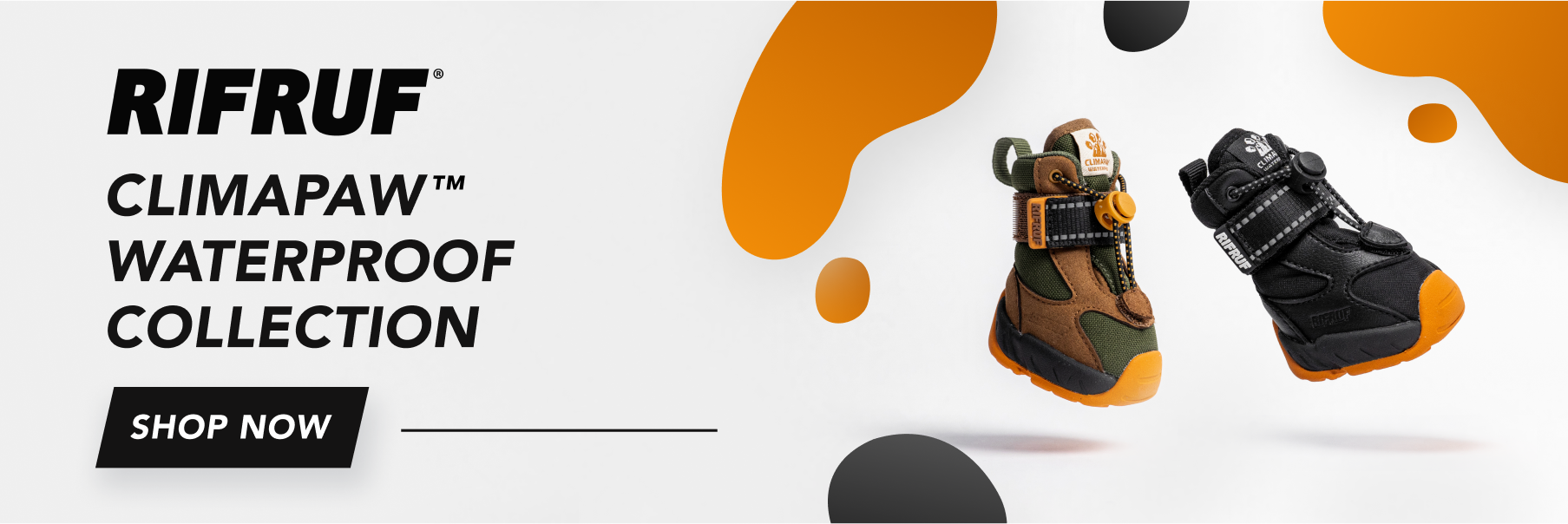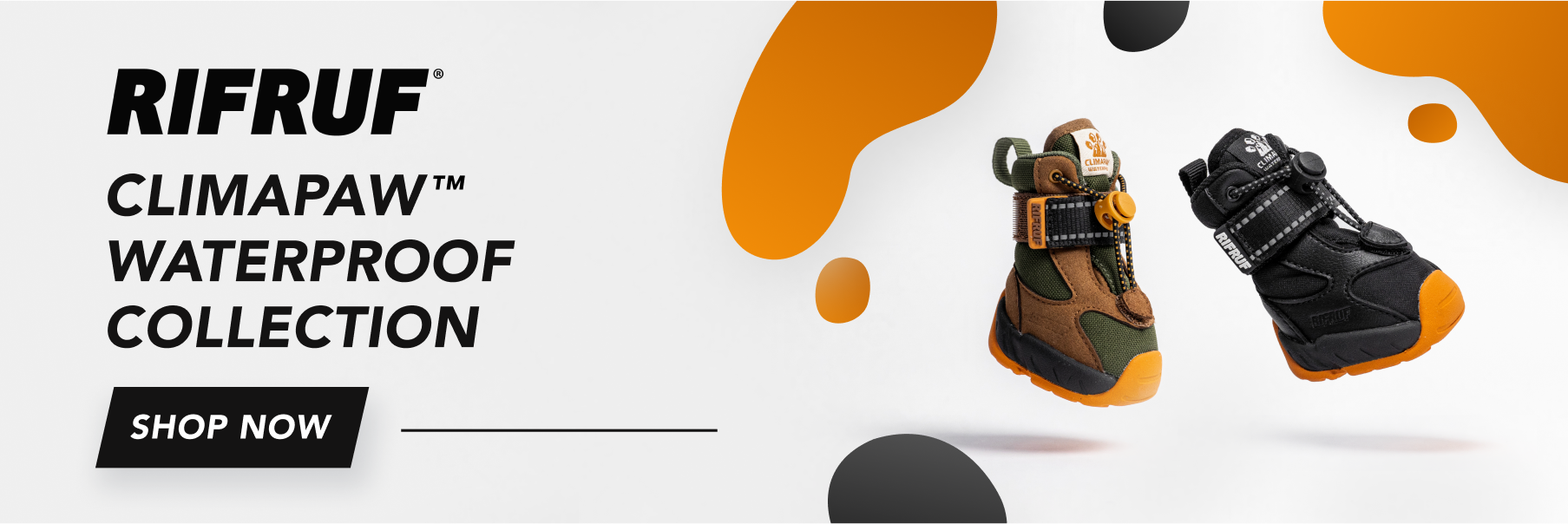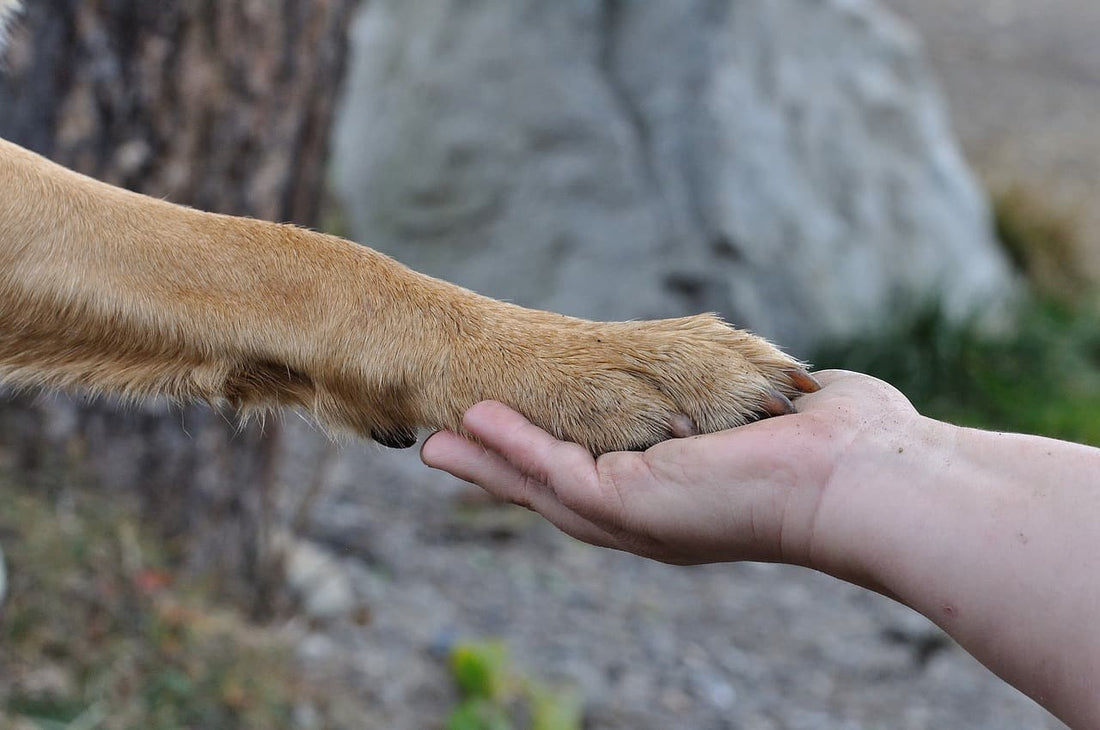A dog's paw pads are an important part of their anatomy; they provide cushion and shock absorption while walking, running, and jumping. Unfortunately, they can also become injured, leading to painful and potentially long-term complications.
Many dog paw injuries can be prevented by providing appropriate care and a safe environment for your pup. We'll discuss the common types of paw injuries, how to spot them, and how to treat them.
Signs and Symptoms of a Dog Paw Injury
A dog paw injury can present with a variety of signs and symptoms, which range from mild to severe. In minor cases, the paw may appear swollen, red, and tender to the touch. Your dog may also be limping, favoring one paw, or licking the affected paw excessively.
If the injury is more serious, you may notice bleeding, bruising, or the presence of a foreign object, such as a splinter or piece of glass. In these cases, it is important to take your dog immediately to the veterinarian, as the wound may need to be cleaned and treated with antibiotics to prevent infection.
Along with the physical signs, some dogs may exhibit behavioral changes when they experience a paw injury. A dog that is usually energetic and playful may become more lethargic and less interested in playing or going on walks. They may also be more vocal, whimpering or yelping when they place weight on the injured paw.
Need to protect your pup's paws during outdoor activities? RIFRUF has all of your dog's paws covered!
Aggressive behavior in dogs with paw injuries can be caused by a variety of factors. Pain, discomfort, and fear can all contribute to aggressive behavior in dogs. If a dog is in pain due to an injury, they may become defensive and lash out if they feel threatened.
Just like humans, if a dog is uncomfortable due to an injury, they may become irritable and snappy. Dogs may also become aggressive if their injured paw is handled too roughly or if it is touched in a way that causes discomfort, so take care when you are handling an injured paw.
Keep in mind that a dog paw injury can range from mild to severe. A mild injury can usually be managed at home with rest, a paw wrap, and a topical anti-inflammatory.
It is important to seek veterinary attention for more severe injuries, as these may require antibiotics, pain medications, or even surgery. If you suspect that your dog has injured their paw, it is important to contact your veterinarian as soon as possible.
Related: Why Is My Puppy Limping?

Treating Cuts, Punctures, and Abrasions
When treating a cut, puncture, or abrasion to a dog's paw, it is important to keep the wound clean and free of infection. So before you start, wash your hands and the wound area with soap and warm water to remove any dirt and debris.
After washing, apply an antibacterial ointment to the wound, and cover the area with a bandage or wrap. Ensure the bandage is snug but not too tight to avoid cutting off circulation.
If the wound is still actively bleeding, wrap a clean cloth or gauze around the paw while applying steady, even pressure. If you are still having difficulty controlling the bleeding or if the wound is deep, contact a veterinarian.
Related: Do Dogs Really Need Shoes for Snow?
If you having difficulty washing the wound because it is contaminated with dirt or debris, carefully flush the area with a gentle saline solution or a mild antiseptic. This will help to remove any foreign particles and reduce the chances of infection.
It is important to keep the wound clean, dry, and free from dirt and debris. To do this, change the bandage daily, and keep the paw away from any dirt or objects that may cause further injury. If the wound does not appear to be healing, contact your veterinarian for further advice.
Your veterinarian may prescribe a topical antibiotic or anti-inflammatory medication to help heal the wound. Make sure to follow your veterinarian's instructions carefully and provide your pet with plenty of rest and quiet to ensure a speedy recovery.
Prevent your dog’s feet from getting injured with a pair of sneakers from RIFRUF!
Treating a Burn on a Dog’s Paw
If your dog has suffered a burn on their paw, it is crucial to take immediate action in order to prevent further injury and promote healing. In order to stop further injury, immediately cool the area with lukewarm water, which will help reduce pain and swelling. If your dog can tolerate it, you can also apply a damp cloth or cold compress to the affected area.
Once the burn has been cooled, the next concern is to keep the area clean. Gently clean the burn using mild soap and warm water to avoid further irritation. Pat the area dry with a clean cloth and avoid rubbing it as this could cause further damage.
Once the area is cleaned, it is important to prevent infection and further injury, so apply an antibacterial ointment to the affected area and cover it with a clean bandage. Change the dressing daily, and keep the area clean and dry. If the burn is severe, it is important to take your dog to the vet for a thorough check-up and to discuss any further treatment.
You can also give your dog pain relief medication to ease any discomfort and reduce inflammation. If possible, keep your dog off of the affected paw for a few days to allow for proper healing.
Burns can be painful and uncomfortable for your dog, so it is important to monitor your pet closely and keep the area clean and dry. If the burn does not heal within a few days, or if your dog shows signs of distress or infection, it is important to take them to the vet for further treatment.
Related: How to Show Your Dog You Love Them
Wrapping It All Up
Though paw injuries can be scary for both you and your pup, with a little bit of TLC and knowledge about how to prevent them in the future, you can have your furry best friend back to their old self in no time. So don't be afraid to take those paws for a walk, just make sure they're on a safe and pet-friendly surface!
Consider Dog Shoes
Dog shoes can help prevent paw injuries in several ways:
Protection from sharp objects: Dog shoes can protect your dog's paws from sharp objects such as broken glass, rocks, and thorns. Walking on such objects can cause cuts, bruises, and infections.
Insulation: In extreme weather conditions such as hot pavement or cold snow, dog shoes can help insulate your dog's paws, preventing burns, frostbite, and other injuries.
Traction: Dog shoes with non-slip soles can provide better traction on slippery surfaces, reducing the risk of your dog slipping and falling.
Allergies: Some dogs may have allergies to certain types of grass, plants, or other environmental factors that can cause irritation or injury to their paws. Dog shoes can help prevent such injuries.
Medical conditions: Some dogs may have medical conditions such as arthritis, which can make walking painful. Dog shoes can provide extra support and cushioning, reducing the strain on your dog's joints.
It is important to note that not all dogs may need shoes and choosing the right shoe size and fit is important to ensure they don't cause discomfort or injuries themselves. It's best to consult with a veterinarian before deciding to use dog shoes, especially if your dog has pre-existing medical conditions or is still growing.
RIFRUF Dog Shoes
RIFRUF is a company that specializes in designing and manufacturing high-quality dog shoes.
Our dog shoes are made with durable materials and come in a variety of sizes and colors to fit all types of dogs and personal preferences.
With features like anti-slip soles, water resistance, and reflective strips for visibility, RIFRUF' dog shoes are a great choice for pet owners who want to protect their dogs' paws from injuries and harsh environmental conditions.

